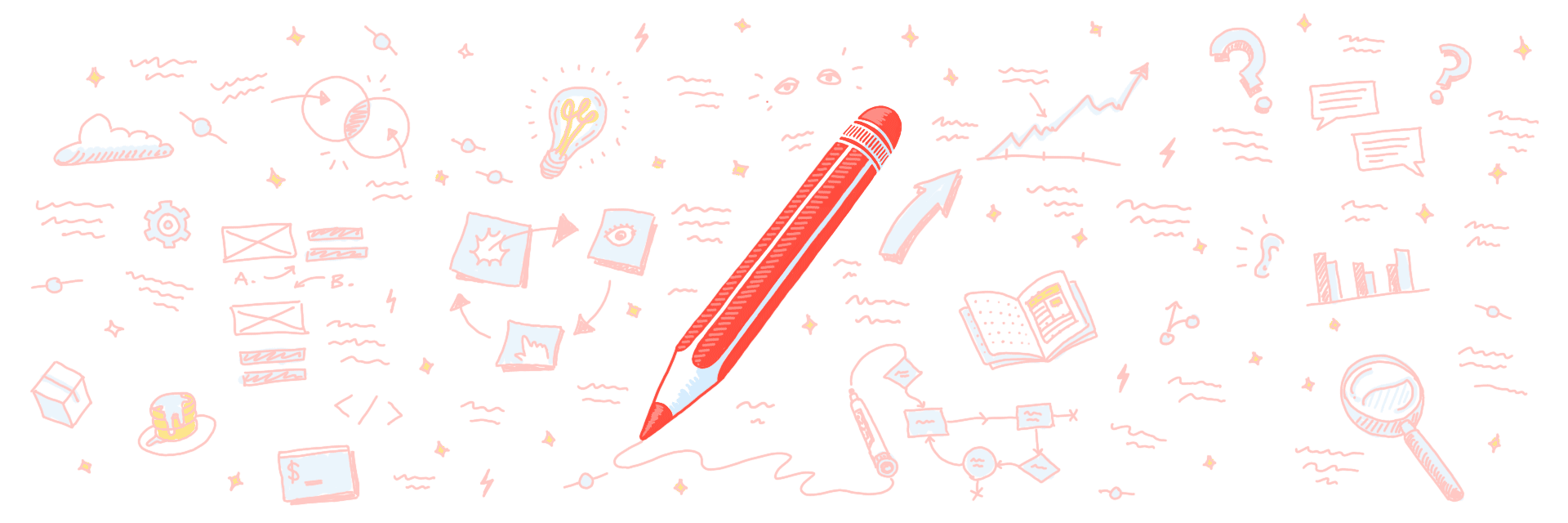Recently I was introduced to a wonderful piece of project/task management software by Fran Lukesh, CD at andCulture, while working on a contract project for them. I used it a little and thought it was cool, but at the time I was pretty vested in a Google Docs based task management workflow.
Since starting at appendTo, however, where we use Trello actively for client project task management, I have really come to love Trello.
If you're not familiar with it, it's a simple tool for task management built around a really great interface for thinking about tasks. Where as my existing solution consisted of using a Google word document as a hack for basically just writing out a bunch of tasks in a list form with some basic headings, Trello takes a much more visually relevant approach.
Trello allows you to create "boards" where you have "lists" and "cards". The board is the specific space for a category of tasks. Lists are collections of cards (an individual task for example) that you can easily drag around the interface from list to list.
For example, the default for every new board you create has a "To Do", "Doing" and "Done" list. Then you simply click in the list to create a new card with a task item on it. When you have finished the task, you can drag the card to the "Done" list, or you can archive the card so it disappears from the board's view.
It's a very intuitive way to manage tasks in a visual fashion that is consistent with how I think of tasks. It's also free.
But here's the kicker: there's also an iOS app that syncs with your Trello account. Oh, and both are free. Boom. That just happened.
BTW the link in the post title is a great write up on what makes Trello different from other similar software by Joel Spolsky, from Fog Creek Software who makes Trello.
